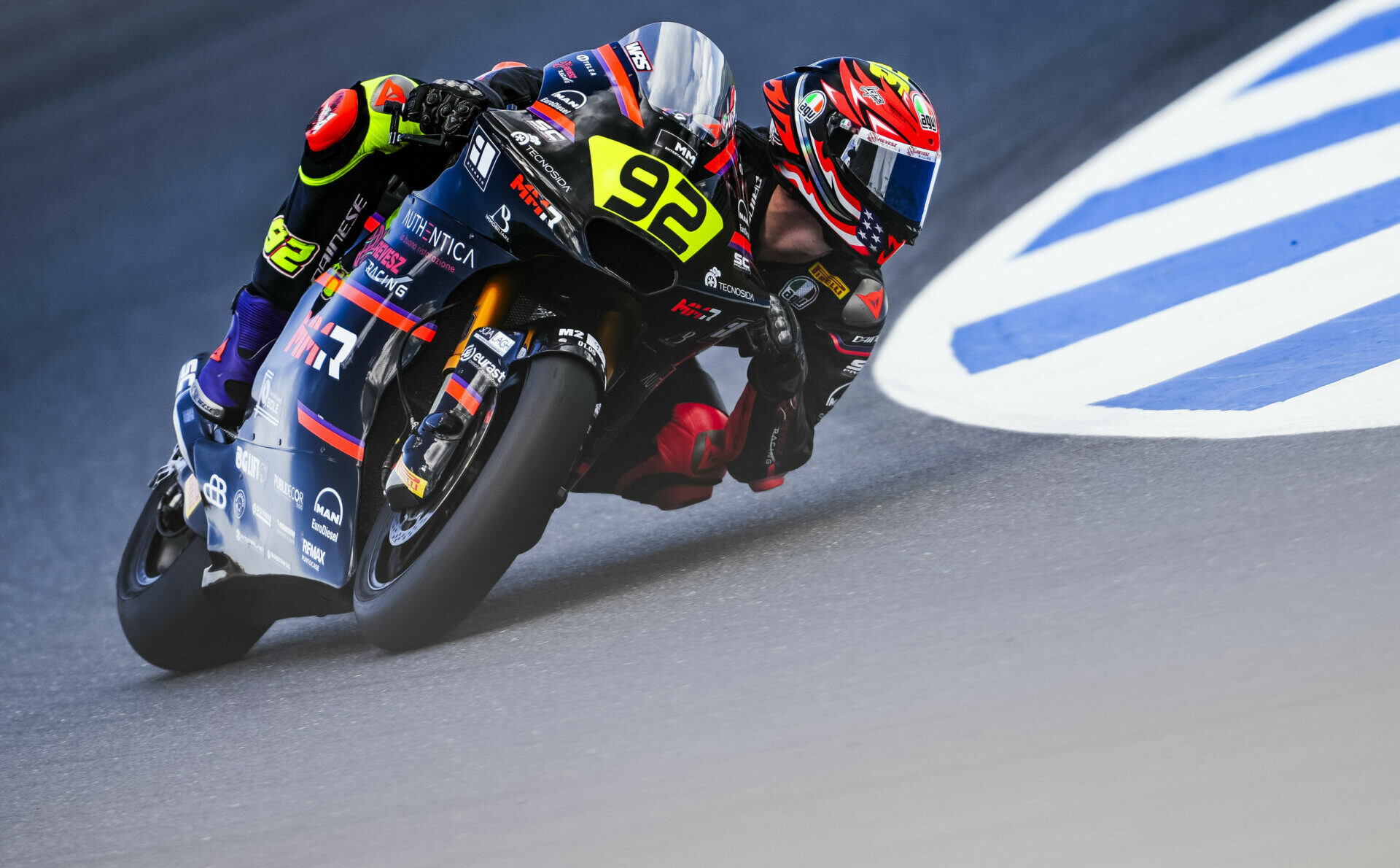Inside Project O Five: A New Lens on War, Power, and Perspective
Explore Project O Five and uncover new insights into modern conflict and power. Find out who is winning the war from a fresh perspective.

Introduction
Ever felt like you're only getting part of the story when watching the news about global conflicts? You're not alone. Welcome to Project O Five—a mind-bending initiative that aims to flip the script on how we view war, power, and perspective. Instead of just asking, Who is winning the war?, it challenges us to think deeper: At what cost? Through whose eyes? And what does winning even mean today?
Let’s dive into the world of Project O Five, an enigmatic but eye-opening look into the narratives shaping global conflicts. From military tactics to media influence, from drone warfare to public perception, this is not your typical war story. It’s about seeing the whole battlefield—even the parts we usually miss.
What is Project O Five?
Imagine peeling back the layers of every modern war—not just the political or military aspects, but the human, emotional, and psychological layers. Project O Five is exactly that: a hybrid research and media initiative blending journalism, AI, and ethics to explore how wars are framed, fought, and understood.
It’s not a government mission or a think tank. Instead, it’s an evolving collaboration between journalists, technologists, veterans, and artists who want to answer a burning question: Are we seeing the full picture of today’s conflicts—or just the parts someone wants us to see?
Origins and the Big Idea
Started quietly around 2021 by a small team of investigative reporters and data scientists, Project O Five was born from frustration. Frustration that news coverage was often incomplete. That victims of war became footnotes. That we kept asking “who is winning the war?” without questioning what "winning" even means.
Think of it as a global mirror held up to modern conflict—a reminder that truth is often the first casualty in war.
Redefining War: Not Just Bullets & Bombs
War isn't what it used to be. We're not watching trench battles or naval blockades anymore. Today, wars are fought on screens, in tweets, through targeted misinformation, and with keystrokes.
Sure, missiles still fly. But so do narratives. And sometimes, the latter do more damage.
Project O Five asks us to redefine war as a total theater of influence, not just violence. It’s like chess, yes—but the board is everywhere, and the rules keep changing.
Media, Perception, and Psychological Warfare
Here's where it gets personal. What you see is not always what is. From flashy headlines to viral war footage, much of what we consume is tailored to shape opinion, stir emotion, or distract from the full story.
Project O Five shows that media isn’t just reporting on the war—it’s part of it. In this digital age, perception can be more powerful than reality. One viral image can shift global opinion. One well-timed leak can crush morale or boost propaganda.
Who Is Winning the War? The Uncomfortable Truth
This is the million-dollar question. And guess what? There’s no easy answer.
Project O Five flips the question on its head. It says: “Winning” might mean surviving. It might mean shaping the story. It might even mean delaying defeat. So when you ask “who is winning the war?”, be ready for more than stats and territory maps. Be ready to talk about resilience, resistance, and reputation.
Sometimes, the side with the fewest losses isn’t really the victor. And sometimes, the loudest voice is just that—loud, not truthful.
Power Shifts in a Digital World
We often think of power as tanks and treaties. But today? Power can look like a smartphone, a server room, or even a TikTok post.
Project O Five tracks how digital tools have shifted the power dynamics. Hacktivists can bring down state websites. Independent journalists can uncover war crimes in real time. Civilians with internet access can change the world’s view overnight.
Eyes in the Sky: Drones and Data
Drones aren’t just in movies anymore. They’re on the frontlines, in your city’s skies, and even in wildlife reserves.
Project O Five examines how unmanned aerial vehicles (UAVs) and data analytics are shaping strategy. Not only can drones deliver attacks, but they also gather surveillance data that rewrites how commanders plan.
Here, war becomes a game of information, not just ammunition.
Civilian Lives and the Ethics of Modern Combat
Let’s talk about the collateral damage—the innocent lives caught in crossfire.
Project O Five emphasizes the ethical quagmire of modern warfare: how do we justify drone strikes in populated areas? How do we ensure AI doesn’t mistake a school bus for a threat?
The project humanizes war by reminding us that every “target” could be someone’s child, someone’s parent, someone’s story.
Narrative vs. Reality: Which Matters More?
Here’s a hard truth: The side with the best story often controls the narrative.
Even if reality says otherwise.
Project O Five teaches us to decode media spin, question official sources, and value independent journalism. In this war of perspectives, storytelling is ammunition.
The Role of Social Media in Modern Warfare
Remember the Arab Spring? Twitter was a weapon then. Now, it’s a full-blown battleground.
Social media is used for recruitment, propaganda, panic, and peace-building—all at once. One thread can rally support. One video can crush morale.
Project O Five maps out how likes, shares, and retweets are shaping modern conflict like never before.
Case Studies: Ukraine, Gaza, and Cyberfronts
Real-world examples bring the project to life.
-
Ukraine: Not just tanks vs. troops. It’s a battle of narratives, drones, and international alliances.
-
Gaza: The tragic cycle of violence and headlines. How global opinion swings with every new story.
-
Cyberwarfare: Silent, often invisible, but devastating—attacks on infrastructure, elections, and public trust.
Project O Five connects the dots so we can see beyond the fog of war.
The Psychological Toll: Soldiers and Citizens
War doesn’t end when the fighting stops.
Project O Five explores the silent war within—PTSD, survivor’s guilt, and the emotional debris left behind. Whether it’s a soldier in uniform or a child in a war zone, the mental scars run deep.
Understanding these stories is key to grasping the true cost of conflict.
AI in War: Friend or Foe?
AI is helping detect threats, plan missions, and even fight battles.
But here’s the catch: Machines don’t feel remorse.
Project O Five raises tough questions. Can we trust AI to make life-or-death decisions? Are we building tools that one day might out-think—or outfight—us?
This is where science fiction starts feeling a little too real.
Can We Ever Truly Win a War Anymore?
With blurred lines, digital weapons, and psychological fallout, Project O Five suggests that “winning” is a moving target.
It’s less about flags and more about futures. Less about dominance and more about survival.
Maybe the better question is: How do we stop losing so much—of ourselves, our humanity, and our world—in every war?
The Future According to Project O Five
What’s next?
Project O Five sees a world where transparency, empathy, and smarter technology might just change the game. Where understanding becomes more powerful than force. And where we, the public, can hold power accountable.
It’s not just about soldiers and strategies anymore—it’s about us. Our clicks, our voices, our choices.
Conclusion
So, who is winning the war?
Maybe it’s no longer about one side “winning.” Maybe it’s about who controls the narrative, who survives the storm, and who learns the most from it. Project O Five isn’t just an initiative—it’s a wake-up call. One that asks us all to look closer, dig deeper, and never settle for the surface.
FAQs
1. What is the main goal of Project O Five?
Project O Five aims to offer a more complete and human-centered view of modern warfare, focusing on narrative, technology, and the unseen impacts of conflict.
2. Why is "who is winning the war" a misleading question?
Because modern war isn't just about land or military victories—it's also about influence, survival, and long-term consequences.
3. How does social media influence warfare today?
Social media acts as both a weapon and a battlefield, shaping global opinion, spreading propaganda, and even coordinating real-time action.
4. What role does AI play in today's conflicts?
AI is used in surveillance, decision-making, and combat operations—but raises serious ethical questions about control and accountability.
5. Can Project O Five help prevent future wars?
While it can't stop war directly, it can promote awareness, transparency, and empathy—tools that are essential for building peace.
















































































